Wildlife forensics team examines bird of prey deaths
- Published
A team of experts are continuing their investigations on the deaths of birds of prey in Ross-shire. Twenty birds have been found dead, including 14 red kites. Experts from the government agency Science and Advice for Scottish Agriculture suspect poisons have been used to kill the birds and are working to identify how they were delivered.
I am standing in a laboratory on the outskirts of Edinburgh, as two scientists remove a golden eagle from a plastic bag.
The smell of the decomposing bird hits me as they begin their examination.
As someone who is more accustomed to watching these birds flying high over Scotland's hills and glens, I am finding the experience unsettling.
But for the team here at Science and Advice for Scottish Agriculture (SASA), a division of the Scottish government, this is all in a day's work.
Those days have been busier in recent weeks, due to the mass poisoning of red kites and buzzards in Ross-shire.
It is now more than a month since a police investigation began. Twenty birds have been found dead, including 14 red kites.
Birds of prey which police suspect may have been poisoned are routinely sent to SASA's labs for testing.
The information which the Edinburgh scientists can provide in return is crucial.
'Fine specimen'
As he carries out an examination, Dr Mike Taylor, head of pesticides and wildlife at SASA tells me: "The first thing we would do is carry out a very basic inspection of the carcass, to check for any obvious signs of trauma or disease.
"You can see that this eagle is a fine specimen, probably in its prime, but it was discovered in this condition… a suspected victim of poisoning."
The golden eagle on the laboratory table in front of me is not part of the Ross-shire investigation.
But it is a powerful reminder of the importance of the work which SASA's scientists undertake, relying on the latest techniques to help bring the poisoners to justice.
Dr Taylor says: "This is classic forensic science, in terms of chemical and toxicology analysis.
"Without these analyses, the police and other law enforcement agencies wouldn't know whether the bird was poisoned or not.
"This work is vital in the fight against wildlife crime."
The top priority for the scientists is to identify the poison used in each case, by analysing samples taken from the dead bird.
Elizabeth Sharp, a senior analyst, explains: "Ultimately we end up with an extract which we can analyse, to identify which pesticides have been involved in an incident.
"That allows the police to continue with their investigation."
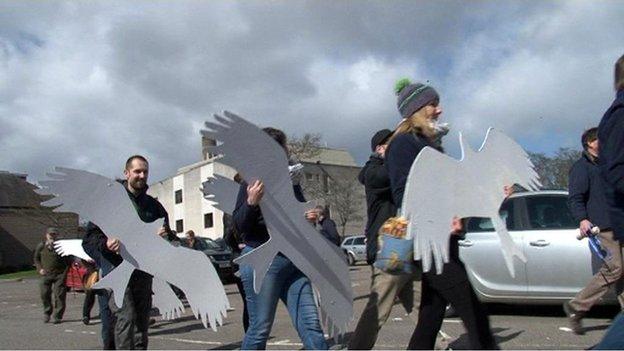
A protest march over the bird deaths in Ross-shire was held in Inverness earlier this month
DNA testing is also used, to help learn more about how the bird was poisoned. For example, the type of meat used to make poisoned baits.
Rowan Gray, a wildlife DNA diagnostician, tells me: "We extract DNA from the tissue taken from the bird's mouth and stomach contents and that tells us about the bird's last meal.
"If poison was present on that, that can be useful information for the police because it tells them about the method of delivery for the poison which the bird ate."
Same skills
SASA's modern laboratories are state-of-the-art and internationally renowned. But the organisation has a surprisingly low profile in Scotland.
That is ironic because the work done here helps to protect the Scottish public, as well as wildlife.
In fact, wildlife investigations account for less than 10% of SASA's workload.
Dr Kevin O'Donnell, head of SASA, says: "The reason we were able to do the wildlife investigation work is because we already had food safety and environmental protection work, which we were carrying out on pesticides.
"So that wildlife protection work was complementary to the work we were already doing and we were able to use the same skills."
"We're fortunate here in that we have a world-class facility that is, perhaps ironically, better known outside Scotland than it is in Scotland itself.
"We have visitors from all over the world, but relatively few from Scotland. That is something we would like to change."
For many, a visit to SASA's laboratories may come as something of a shock.
The illegal killing of Scotland's birds of prey has been described as a "badge of shame" by conservationists and publicly condemned by landowners, gamekeepers and farmers.
The sight of so many birds of prey, tagged and wrapped in plastic, reduced to evidence in criminal investigations, is not a pleasant one.
But visitors can, at least, be assured that the team of scientists here are doing all they can to help the police secure convictions in cases of raptor persecution.
- Published18 April 2014
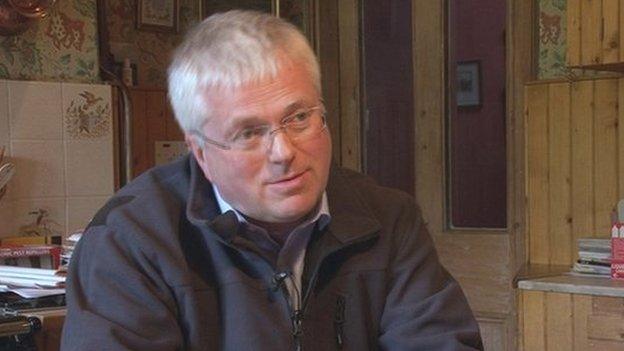
- Published17 April 2014
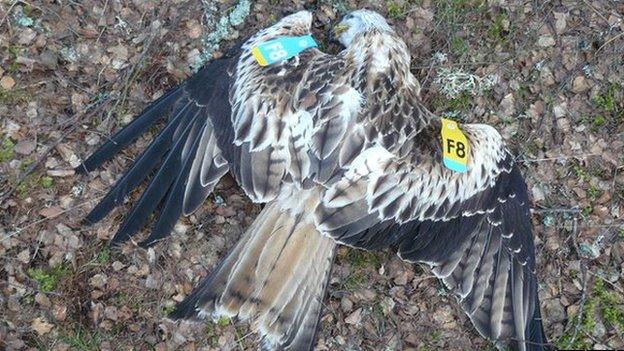
- Published12 April 2014
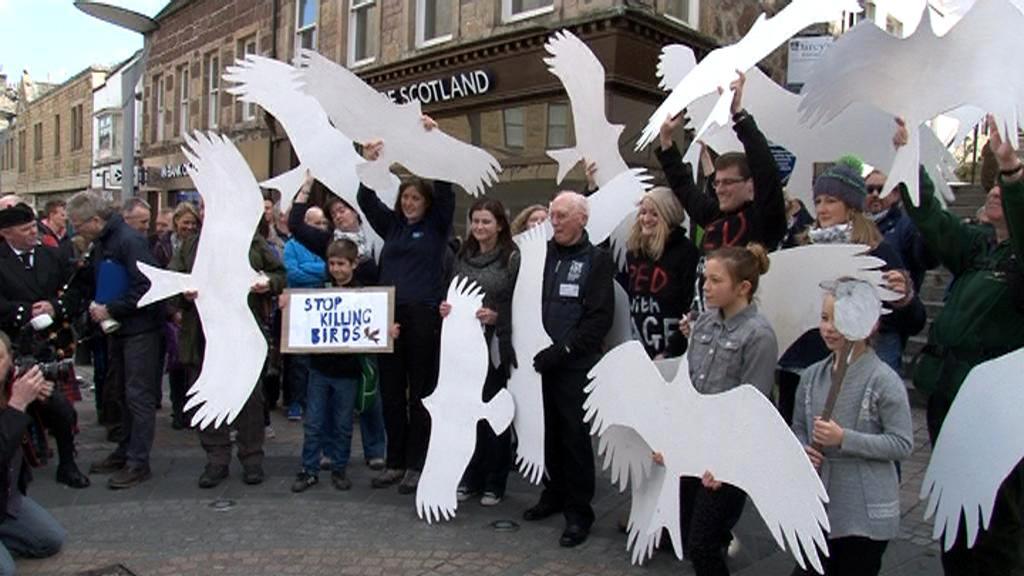
- Published11 April 2014
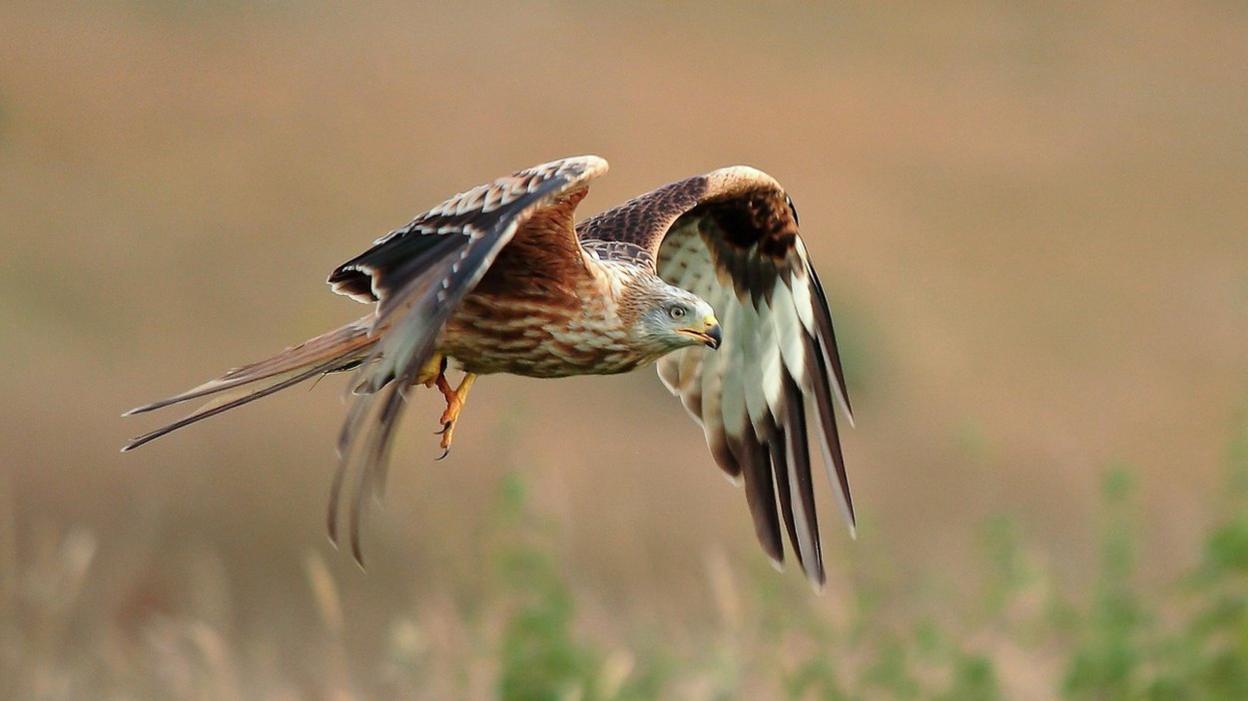
- Published9 April 2014
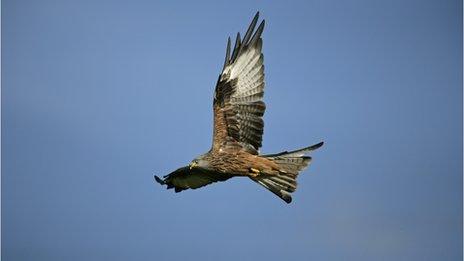
- Published4 April 2014

- Published3 April 2014

- Published2 April 2014
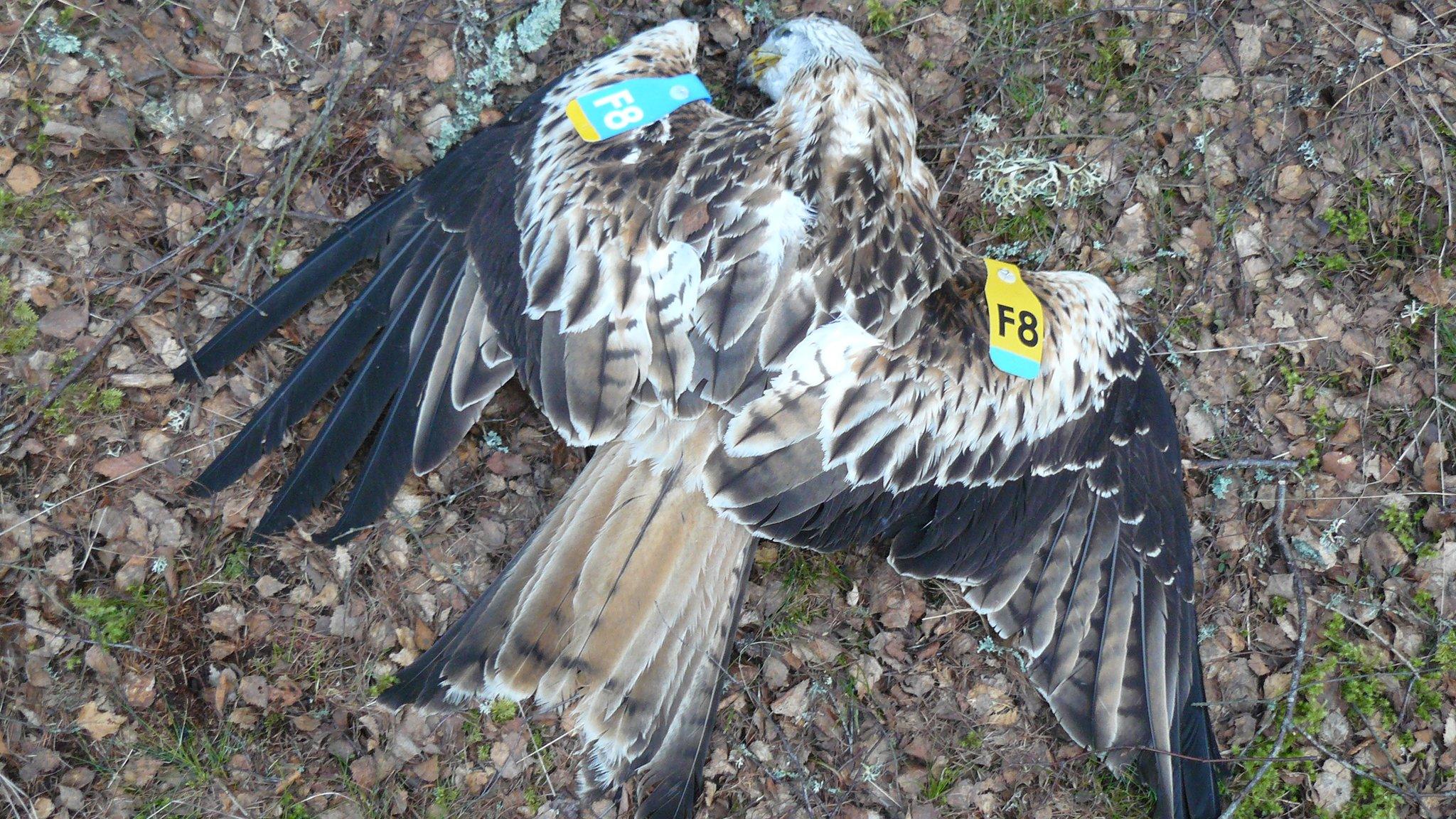
- Published28 March 2014
